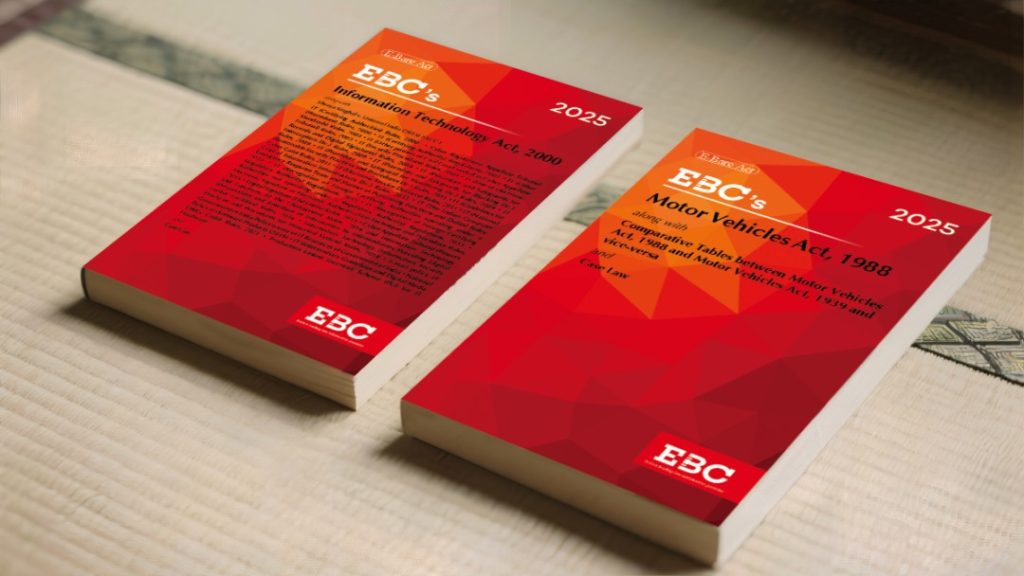
Ever received a traffic fine on your phone and thought it wasn’t “official”? Think again. Here’s the truth about digital challans, the laws behind them, and what really happens if you ignore one.
The Myth
Many drivers believe that if they receive a digital traffic notice (an e-challan) they can safely ignore it. The assumption is that unless a physical officer on the spot hands over a paper slip, the fine isn’t real. In other words: “If it’s informal or digital, it must be optional.”
The Reality
In fact, a digital challan is fully valid under Indian law, and ignoring it invites legal consequences. The enforcement machinery now works electronically, so a challan on your phone or via SMS is no less serious than one handed by a traffic officer.
Legal Framework You Should Know
1. Motor Vehicles Act, 1988 & Amendment 2019
The Act, as updated, empowers state and central governments to use electronic systems for detection and enforcement of traffic violations. It provides for compounding of offences, and specifically allows use of automated devices and cameras to detect offences and issue notices.
2. Information Technology Act, 2000
Since the challan is generated, sent and stored electronically, the IT Act is relevant: it recognises electronic records and digital signatures, making the digital challan legally equivalent to a paper one.
3. Indian Evidence Act, 1872 (Section 65B)
When camera footage, ANPR readings or other electronic evidence form the basis of a challan, Section 65B ensures that such electronic records are admissible in court as evidence.
How the E-Challan System Operates
- Cameras, sensors or ANPR systems detect a traffic violation (e.g., overspeeding, red-light violation).
- The system logs vehicle details, time, location, offence type and generates a digital notice.
- The notice is issued by an authorised officer and entered into a portal (for example via the national “Parivahan” network).
- The vehicle owner receives the notice electronically (SMS/email) and the record is available online.
- The owner can pay the fine, view details or contest the notice through the designated portal.
Because this chain is fully digital and legally sanctioned, ignoring the notice doesn’t mean it’s non-binding.
Common Offences Captured via E-Challans
Some of the frequent violations that trigger digital enforcement include:
- Riding without helmet / driving without seat-belt.
- Jumping red lights or driving dangerously at signals.
- Overspeeding.
- Using a mobile phone while driving.
- Driving without valid licence or insurance.
These offences often get recorded automatically and sent out as electronic notices — even if no officer stopped you on the road.
What Happens If You Ignore the Notice
- The original fine may increase due to late payment or penalty.
- The Regional Transport Office or traffic authority may issue a summons or notice under law.
- Vehicle registration renewal or transfer may be blocked until pending challans are cleared.
- Repeated non-compliance may lead to suspension of your driving licence or impounding of the vehicle.
In short: ignoring a digital challan is risky. The law treats it as enforceable.
How to Check, Pay or Contest
- Visit the official portal such as the national “Parivahan” site (or your state traffic police website).
- Enter required details (vehicle number or licence number) to view any challans.
- Payment can usually be done via net banking, UPI, or through state-approved payment gateways.
- If you believe the notice is erroneous, follow the designated procedure to contest it (provide proof, submit objection within the timeframe).
Though it arrives in digital form, the legal effect of a challan is very real. Electronic enforcement of traffic laws means a digital challan is as binding as a paper one. So next time your phone pings with a traffic fine — don’t dismiss it. It’s a lawful notice requiring your attention.
For complete, updated reference navigate the provisions under Motor Vehicles Act, 1988 Bare Act (EBC 35th Edn‑2025).
Also refer to the Information Technology Act, 2000 Bare Act (EBC 26th Edn‑2025) for the legal recognition of electronic records and digital enforcement.
















